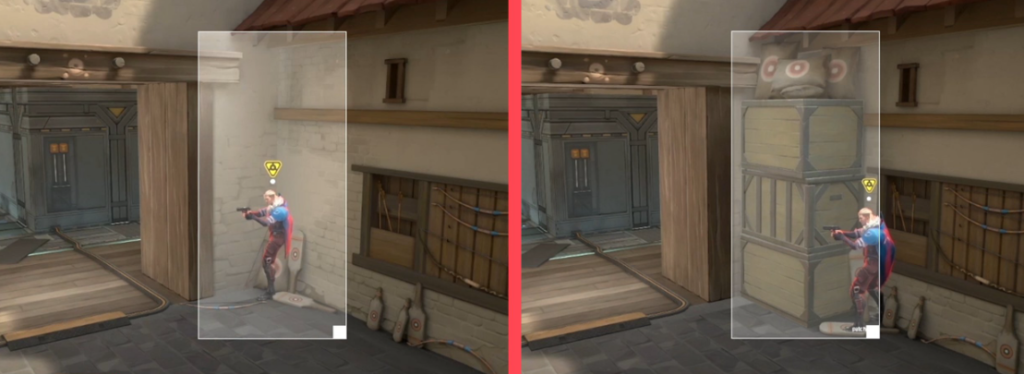Map Evolution in Valorant: A Dance Between Design and Community
Valorant Cheap Boosting maps are more than just battlegrounds; they’re living, breathing entities that evolve alongside the game. From their initial release to their present iterations, each map tells a story of design tweaks, community feedback, and the ever-shifting meta. Today, we embark on a journey through time, examining the fascinating dance between map design philosophy and player experience.
Bind: A Fortified Frontier
Bind, with its Moroccan flair and intricate teleporters, burst onto the scene in March 2020. Initially, players marveled at its verticality and unique mechanics, but concerns arose about defender dominance on B Site. To address this, Riot Games widened the B Tunnel entrance and adjusted the hookah timings, promoting more balanced attacker pushes. Bind remains a dynamic map, with its recent update adding ropes to A Short, further diversifying attack options.

Haven: A Heavenly Haven… Almost
Haven, with its serene gardens and three bomb sites, launched in May 2020. While praised for its balanced layout, players found C Site a notorious choke point. Subsequent updates revamped C long, creating new flanking routes and opening up attacker options. Haven continues to be a fan favorite, its thoughtful blend of open spaces and tactical corners fostering strategic gameplay.

Split: A Split Decision
Split, with its Japanese aesthetic and distinct A and B sides, joined the fray in July 2020. Initially, defenders held a strong advantage, particularly on B Site. Riot responded by adjusting Orb placements and platform heights, making bomb site retake more feasible for attackers. Split’s unique layout continues to spark debate, with its distinct sections demanding strong site rotations and coordinated teamwork.

Ascent: A City of Secrets
Ascent, Venice’s Valorant counterpart, arrived in January 2021. Its intricate canals and verticality offered fresh tactical challenges, but concerns arose about attacker difficulty on B Site. Riot responded by adjusting rope placements and adding destructible doors, allowing for more creative approaches. Ascent remains a complex map, rewarding strategic planning and precise aim, and its evolving meta keeps players on their toes.

Icebox: A Chilling Reception
Icebox, Valorant’s icy playground, landed in October 2021. Its unique zipline mechanics and open spaces divided the community, with some finding it attacker-sided and others praising its strategic depth. Riot made adjustments to zipline locations and bomb site platforms, aiming for a more balanced experience. Icebox continues to be a map of extremes, demanding quick adaptation and mastery of its unique mechanics.

Beyond the Map: A Community Conversation
Map evolution in Valorant is a continuous process, informed by a fascinating interplay between developer vision and player feedback. Through forums, social media, and pro player insights, Riot gathers valuable data on map balance, gameplay flow, and overall player experience. This feedback loop ensures that maps evolve alongside the game, staying fresh and challenging for veterans and newcomers alike.
The Future of Map Design
As Valorant Cheap Boosting continues to grow, so too will its map pool. We can expect new battlegrounds with innovative mechanics, pushing the boundaries of tactical depth and engagement. However, the core challenge remains: striking a balance between developer vision, competitive integrity, and community enjoyment. The dance between design and feedback becomes increasingly intricate, but it’s this very process that makes Valorant’s maps so dynamic and captivating.
So, the next time you step onto a Valorant map, remember its journey. It’s a testament to the dedication of developers and the passionate voices of the community, constantly evolving to provide the perfect stage for tactical outplays and thrilling victories.






